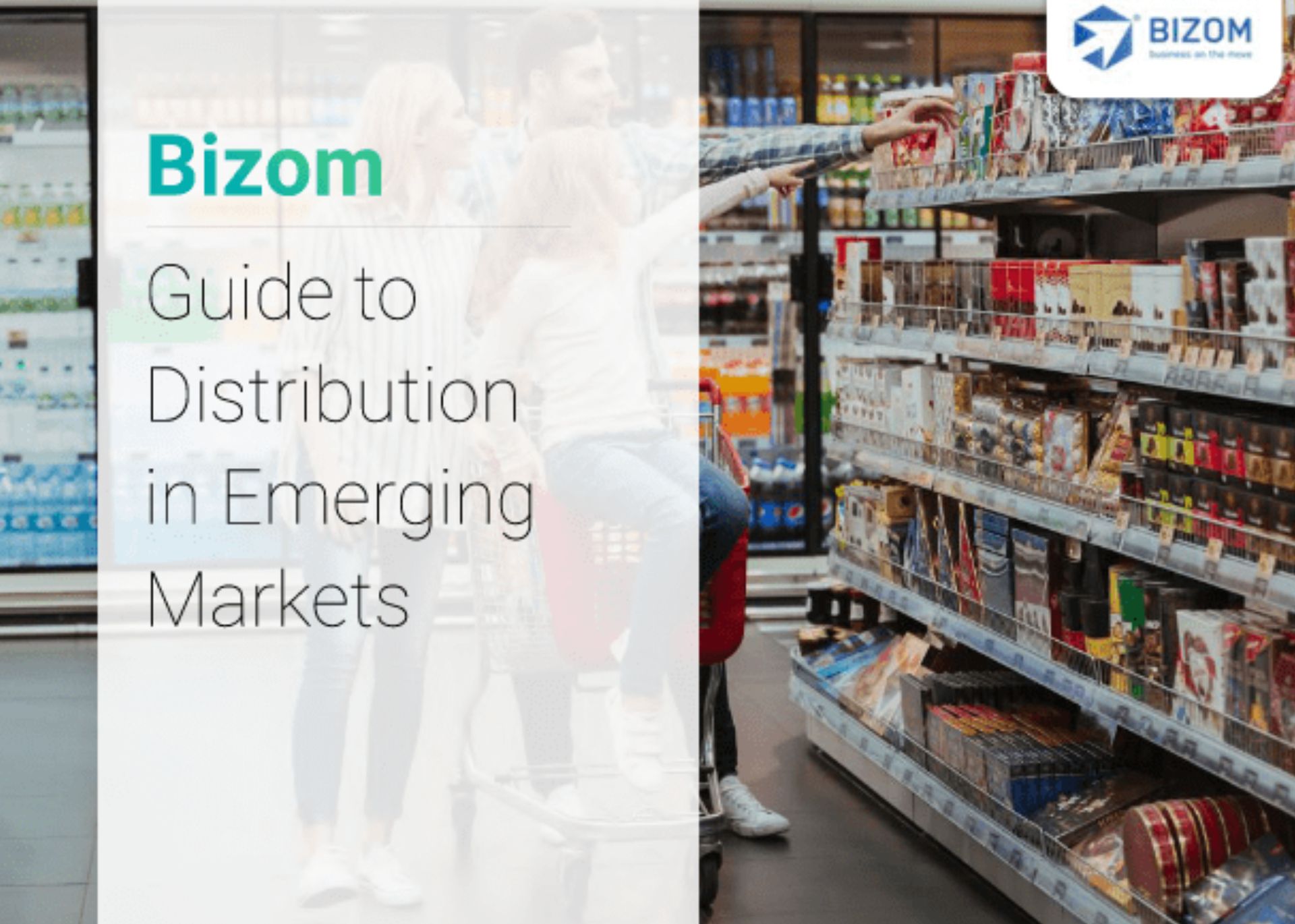Teaser: B2B eCommerce Marketplaces offer robust growth opportunities for CPG in emerging markets. CPG brands must rethink distribution to address the challenges of the new normal.
COVID-19 has changed the CPG world as we know it. There’s a new normal and consumer goods companies are adapting by reinventing distribution, by sharpening the focus on operational efficiencies. Brands are moving to B2B eCommerce Marketplaces to power old supply chains and are bringing efficiencies through renewed focus on technology – Data, Intelligence, and Mobility, according to the Right Retail 2020 report released by Bizom, a retail intelligence platform.
With about 1.35 billion people and a rising middle class, the Indian retail market is expected to reach USD 1 Trillion by 2020 as per IBEF analysis. Even though the economy has contracted from the disruptions of the pandemic, the consumer goods sector grew and weathered declining sales during the lockdown.
Growth in such hyper-competitive and challenging retail marketplaces is critically dependent on the strength of distribution. Yet, consumer brands in emerging markets face a host of inefficiencies including escalating costs in traditional distribution models and built-in inefficiencies in operating models. Roles of distributors, stockists and retailers which have to evolve, and demand forecasting is driven by intuitive decisions rather than real-time data and insights.
Faster, deeper penetration into the market, driven by a connected and intelligent supply chain, which works with agility is imperative to driving the next phase of growth. Multi-touch retail intelligence platforms and mobile-adopted distribution apps are creating ‘The B2B e-Commerce Marketplace’ that will power the next wave of growth.
Brands can begin by investmenting in data acquisition and linking their inventory plan to the insights gained from analysing the data. For instance, Unilever’s investment in technology and data in India has led them to run inventory-less warehouses. Such investments should be boosted with collaborations with channel partners including distributors and retailers. Brands should strive to establish “Just in Time” distribution, which ensures retailers receive their orders in time to meet the demand of their customers.




